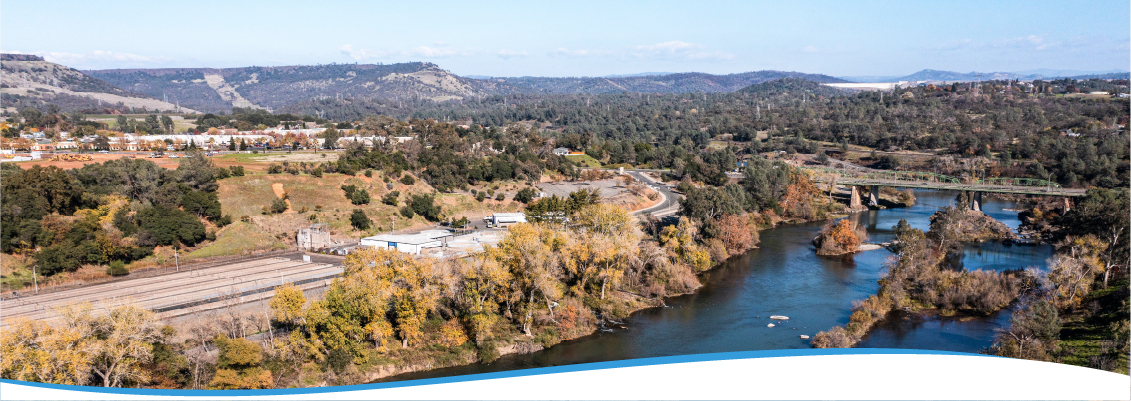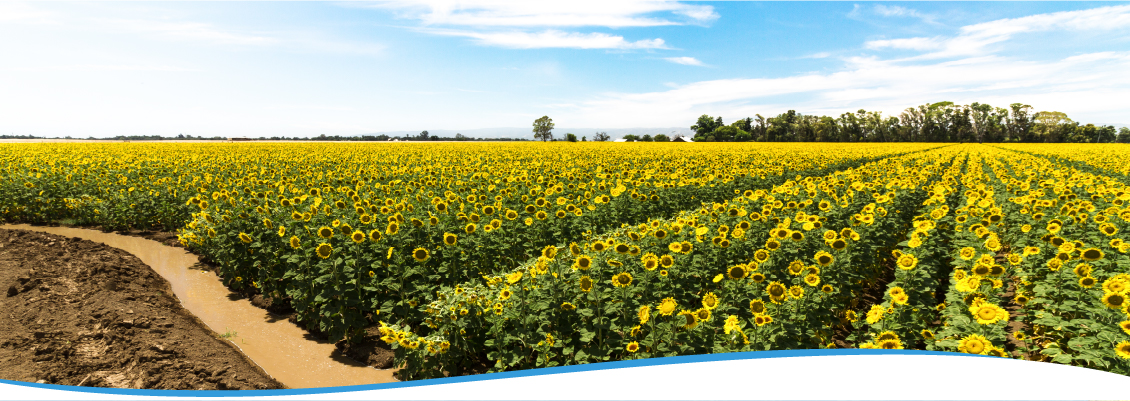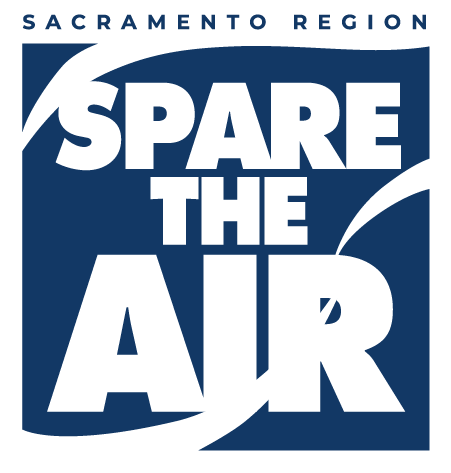






Take Action on a Spare The Air Day
- Reduce Your Driving: When ground-level ozone pollution is high, you can help Spare The Air by cutting back on the number of personal vehicle trips in gas-powered vehicles or trying an alternative transportation method! Some practical ways to help reduce air pollution include:
- Drive a zero-emissions vehicle for essential trips
- Bringing a lunch to work rather than driving to a restaurant or ordering from a meal delivery service
- Carpooling or sharing a ride with a friend/family member
- Using your local public transportation system
- Combining errands into one trip or postponing trips until after a Spare The Air alert is over
- Working from home; plan ahead and ask for your employer’s permission in advance to work remotely
- Avoid Prolonged Outdoor Exposure: If you have any planned activities, be sure to finish them early in the morning or late evening when air pollution levels are typically lowest.
- Combine Your Trips: Combining errands in a single trip helps reduce the total amount of times you’ll need to start and stop your car. Cutting back will reduce pollution and save fuel.
- Find or Create a Carpool: Whether you’re driving to work, the gym, a park, or a school, find carpool partners and take turns driving responsibly. Carpooling also helps reduce traffic on our roads!
- Take Public Transportation: Let someone else deal with the traffic and try riding a bus or taking light rail.
- Fill Up Your Gas Tank After Sunset: Did you know that putting gasoline in your car releases volatile organic compounds (VOCs)? Throughout the day, these VOCs mix with oxides of nitrogen (NOx), and when mixed with the heat from the sun, form ground-level ozone pollution. This effect can be subdued when refueling after the sun sets. Remember also to not top off your tank.
- Keep Your Car Well-Maintained: Get regular tune-ups; the air quality, your engine, and your wallet will thank you. The longer you go without scheduled maintenance, the more costly down-the-road fixes can be. Change fuel and air filters at least once a year, or every 12,000 miles.
- Go Green with an Electric Vehicle (EV): Over the course of their driving lifetimes, EVs will create fewer carbon emissions than gasoline-burning cars. In August 2022, the California Air Resources Board approved the Advanced Clean Cars II rule that establishes a year-by-year roadmap so that by 2035, 100% of new cars and light trucks sold in California will be zero-emission vehicles, including plug-in hybrid electric vehicles.
Habits to Help Reduce Air Pollution at Home
- Switch to Electric Appliances: Whether indoor or outdoor, electric tools and appliances are better for our air quality. Invest in an electric stove or lawnmower to help cut your household emissions.
- Increase Ventilation Where Possible: Air pollution can become trapped inside your home. To help reduce your exposure, use exhaust fans and open windows and doors when the weather and air quality permits. When outdoor air pollution is high, keep windows and doors closed.
- Keep a Clean Home: Dust surfaces and vacuum frequently. Regardless of the cause, dust circulating indoors can increase the risk of allergies and illness.
- Avoid Covering Up Odors: Skip air fresheners, scented candles, incense, and other odor-masking fragrances that can trigger asthma.
- Avoid Using Aerosol Products: Common aerosol items include hairspray, cooking sprays, bathroom cleaners, deodorants, and furniture polish. Switch to liquids, solids, sticks, or gels to help reduce air pollution.
- Avoid Smoking Indoors: The residual pollutants from cigarette and vape smoke can settle in rooms with lots of fabric or carpet and pose health hazards. This is what is known as “third-hand” smoke. The best answer for overall health is to quit smoking entirely.
- Avoid Using Pesticides: If using pesticides is necessary, we strongly encourage you to apply either a granular or water-based solution that doesn’t contribute to smog.
- Avoid Using Oil-Based Paints or Varnishes: Oil-based finishes contain a high percentage of solvents that can evaporate and contribute to air pollution. Instead, consider using water-based or “Zero VOC” products.
Reduce Wood Smoke Pollution
Wood smoke pollution, whether it comes from recreational fires or wildfires, contains particulate matter pollution (PM2.5). Help reduce PM2.5 by following these guidelines when burning wood. During winter months, your air district may limit wood burning to help reduce PM2.5 pollution. Other year-round burning restrictions may also apply. Please be sure to check with your local air district before lighting a fire or burning outdoors.
- Start Your Fire with Softwood Kindling: Softwoods (pine, fir) are generally low in density, ignite easily, and burn fast and hot – which produces less smoke.
- Cover and Elevate Stored Wood: Keep dew and water off wood; avoid burning wet or moist wood because it will not only cause heavy smoke but is also a less efficient heat source.
- Watch Your Chimney for Smoke: If you see smoke, then the wood is not burning efficiently. The darker the smoke, the more pollutants it contains. Chimneys should be cleaned professionally to remove creosote buildup (creosote is a byproduct that can fuel a chimney fire that can burn down your house).
- Refrain from Burning Garbage, Plastic, Glossy Paper, or Painted or Treated Wood: These are always illegal to burn and are known to produce harmful fumes.
Burn Information by District




